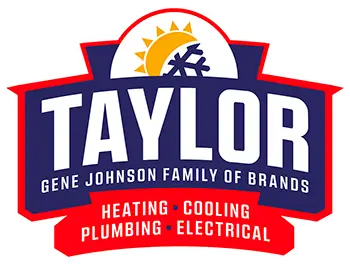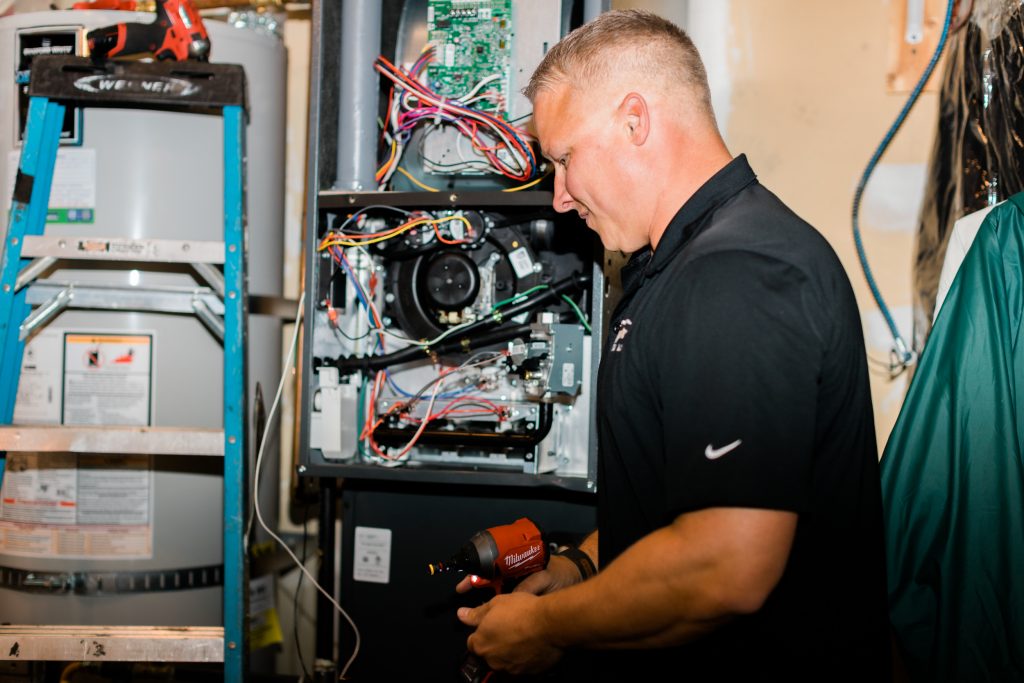HVAC pros, business owners, and homeowners have long struggled with serious issues regarding coil corrosion. Replacing coils, and eventually entire HVAC systems, is an expensive undertaking.
Surprisingly, coil corrosion is a pretty common issue (causing about 40% of all industrial equipment failure), even though coils are located inside structures where they’re protected from the elements. You’d think that these components are safe and sound tucked away in closets and attics, but therein lies the issue. Sealing these coils up in modern building materials is actually part of the problem.
Homes and offices are being constructed with more roof and wall insulation than ever. This means that less unfiltered outside air enters the building, which is a great thing from an energy conservation standpoint. The issue as it relates to coils though, is that indoor air is laden with chemicals from carpet adhesive, paints, glues, caulk, and cleaning products that continuously circulate through HVAC systems. The condensation on copper evaporator coils is saturated with chemicals from these products, causing a chemical reaction. This leads to pitting on the coils’ surface and something called “formicary corrosion” which takes place beneath the surface. Since it’s not visible to the naked eye, it can go undiagnosed, leading to further issues with refrigerant leakage down the line.
Particularly in spaces with new construction and/or a lot of deep cleaning using unhealthy products, indoor air is loaded with chlorides. Contractors have noticed coil corrosion after just two to three years of new construction. Coils are constantly being swapped out due to this ongoing issue, at great expense to home and business owners.
Some companies have addressed these issues by offering tin coating on the copper hairpins on some of their evaporator coils, since tin is not susceptible to formicary corrosion. Other manufacturers are experimenting with aluminum evaporator coils, which can avoid corrosion issues for up to 10 years.
The good news is that industry-wide, we’re able to diagnose coil issues earlier on, jumping in to maintain and replace parts. Ongoing maintenance and cleaning of all HVAC components helps the pros save homeowners’ hard-earned money. It’s recommended that you keep a regular maintenance schedule with a reputable HVAC company. A licensed technician can detect and repair existing issues and prevent further trouble with your HVAC system.
If you’re interested in learning more about keeping your A/C coils clean, check out this video on our YouTube channel and subscribe for loads of other educational HVAC content!

